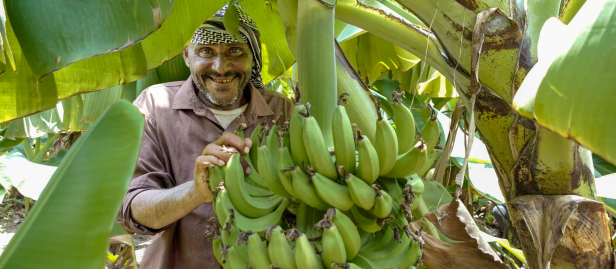Infographic: UNDP’s Waste to Energy Plant in Lahj, Yemen

Infographic: UNDP’s Waste to Energy Plant in Lahj, Yemen
November 17, 2021
Close to 65 per cent of waste in Yemen is organic, whereas the remaining is 10 per cent plastic, 7 per cent paper, 6 per cent metal, 1 per cent glass and 11 per cent other products.
In 2021, UNDP established Yemen’s first-ever Waste to Energy (WtE) plant in Lahj governorate. Through this initiative, food waste will be treated to produce organic manure and paper, agricultural waste, saw dust/chips and other types of degradable municipal waste will be gasified to produce electricity. The bi-product - tar and ashes - will be repurposed for construction and to produce bricks. For plastic waste, a plastic granule machine will recycle high- and low-density plastics, turning them in to high-value granules, which can be used to produce products such as tableware.
This initiative will improve the living conditions of vulnerable people by offering several business opportunities as well as reducing the quantity of waste ending up in landfill by 70 per cent, also leading to improved health and a more vibrant, cleaner future for all.
These activities were implemented as a part of the Waste-to-Energy Plant Project in partnership with the Yemeni private sector (SEHAB TECH) and generous funding and support from the Swedish International Development Cooperation Agency, UNDP’s SDG Climate Facility, and the European Union (EU) through Supporting Resilient Livelihoods and Food Security in Yemen Joint Programme (ERRYJP II).

 Locations
Locations




